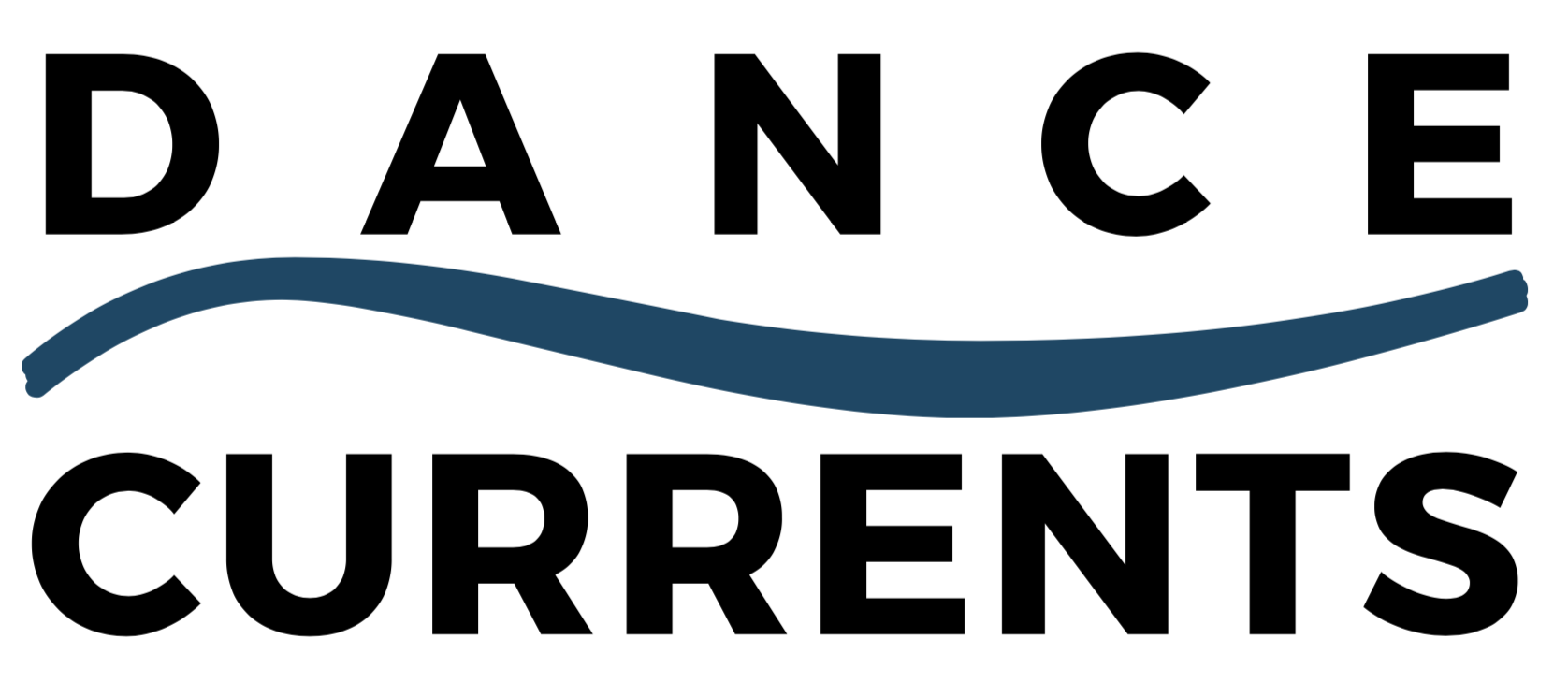This past weekend, Pittsburgh Ballet Theatre had more to celebrate than any other company that I’ve come across. In its season opener the company connected with the past in a tribute to former artistic director Patricia Wilde, who passed away in August, and the future with the long-anticipated reveal and the dawn of another era under the newest artistic director Susan Jaffe. Oh yes, it was also the company’s first performance at the Benedum Center in about one-and-a-half years, marking the company’s triumphant emergence after its COVID-imposed exile.
The anticipation was high among ballet fans and was well worth all the buzz, beginning with Jaffe’s heartfelt speech about Wilde, accompanied by a large-screen video.

Then the curtain opened to what appeared to be a burst of nearly blinding sunlight, causing some members of the audience, who had been barred from the Benedum for such a long period of time, to gasp, and the dancers subsequently to blossom before us. Jaffe chose to open her reign with a female choreographer, still a rarity in classical ballet, and one of eight that PBT audiences are encountering this season. It was a bold artistic stroke that no other American ballet company has programmed and it sets this company apart.

Diana Yohe had the stage to herself as she set off Helen Pickett’s Pittsburgh premiere of Petal, leading with a piquant solo. Set on a bare white stage, where softly changing lights conveyed the radiance of a fresh spring day, the dancers poked and prodded, like tender shoots of plants reaching for the sun.
It didn’t look like the company we knew, so carefully executing the steps. It could have been The Royal Ballet or Boston Ballet because the dancers had real intention behind movement choices that immediately engaged the audience.

Petal wasn’t the only female-oriented piece on the program. Jaffe doubled the fun by including rising choreographer Jennifer Archibald, whose contemporary work, Through the Window, symbolized the kind of world premieres that will ultimately define PBT in the future.

This was all about community, another theme developed during the pandemic. Set to an ethereal wash of atmospheric music, it immediately established that concept with a wedge of dancers. Brief solos emerged and fell back as the group tenderly supported and lifted them. This was a style of dance relatively foreign to PBT lately. Dotted with sensual body ripples and moves drawn from hip hop, it was great to see the dancers dipping their toes wholeheartedly into current trends.

There was more to celebrate as Jaffe went on to demonstrate her prowess in the classical ballet idiom. When conductor Charles Barker appeared, the audience erupted once again at just the thought of live music. Although there were some technical issues in the French horn solos and intonation problems with the bassoon solos, the orchestra provided unwavering support for Gabrielle Thurlow and Yoshiaki Nakano in Grande Pas Classique on opening night.
Thurlow was dressed in an unusual, yet stunning navy blue tutu with long sleeves, another costume designed by veteran PBT costumier Janet Groom Campbell, who delivered a top notch array of outfits for all four ballets on the program.

There was some drama associated with the opening night, though. Amanda Cochran was scheduled to perform, but fell ill. Thurlow and Nakano took the stage, authoritative and confident, with only 10 minutes’ rehearsal. Since this duet is filled with an assortment of balances for the ballerina, it’s a real test for her and her partner. After some initial, ever-so-slight trepidation, they went on to explosive solos, Nakano channeling a newfound ease in his jumps, Thurlow tossing in spectacular turning variations during the fouetté sequence.
Thurlow became even more confident the next night with her scheduled partner, Masahiro Haneji, a classical powerhouse in his own right and in top form. On Sunday, Cochran surprisingly appeared at the matinee. With an attentive Nakano at her side and a few minor adjustments to the choreography, she made a remarkably assured comeback after more than a year away due to injury.

While the pas de deux was another example of Jaffe’s ability to elicit exquisite attention to detail from the dancers, George Balanchine’s Diamonds scored a dazzling finale, again with orchestra. This, too, celebrated Wilde — she brought the full-length production of Jewels, with Emeralds, Rubies and Diamonds, to PBT in the 1990’s.
But this weekend the dancers grew to truly understand the aristocratic aura of Balanchine’s homage to Russian ballet, enhanced with references to Swan Lake and Sleeping Beauty. More so, the PBT cast eliminated the need for strict, almost stiff synchronization and embraced the cut-flower bouquet of arms that Balanchine favored.

On top of that, there came a moment on Sunday as the Tchaikovsky music was reaching its spine-tingling pinnacle that the dancers began to breathe together, so the audience could literally see the music before them. This was undoubtedly as emotional a moment as I have ever experienced at PBT.
Along the way, the dancers only underscored what Jaffe has teased during the outdoor performances: a new company style that is generous, musical and, above all, fearless. While the company is adjusting to moving with uncommon brio, there were admittedly two falls, Tommie Kesten in Petal and Grace Rookstool in Through the Window. But then, George Balanchine actually made a dancer’s fall in rehearsal a choreographed part of his masterpiece, Serenade. He felt that meant they were filling the music and the stage and these two dancers were doing just that.
In short, if you don’t see PBT this season, you can’t claim to have attended the ballet. I highly recommend joining the company as soon as possible on a journey that undoubtedly will lead to a large national footprint.



Recent Comments